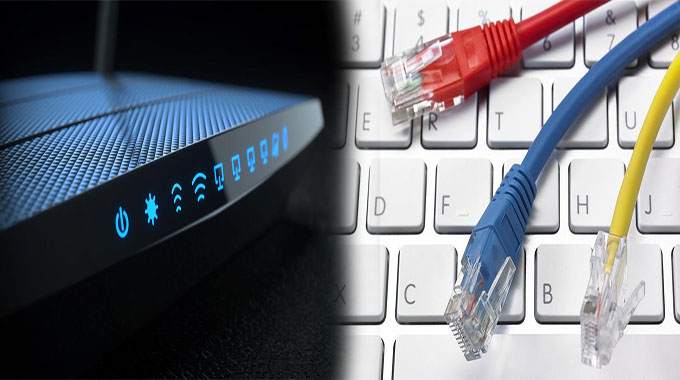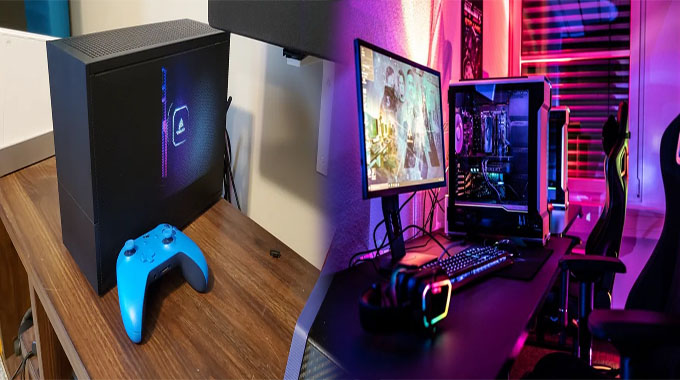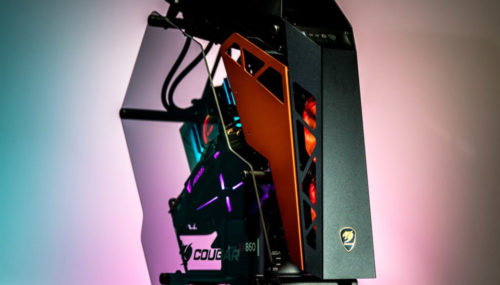What Is A WAN And How Does It Work
The Internet is a wide area network (WAN), while your local area network (LAN) is a local area network. The difference between the two types of networks is that one covers a large area and the other covers a small area. Most businesses use both types of networks to expand their communications capabilities and improve efficiency.
A wide area network (WAN) is a communication network that covers a broad area.
A wide area network (WAN) is a communication network that covers a broad area. It can be used to connect geographically dispersed locations, such as branch offices of a company or campuses of an educational institution.
A WAN can be wired or wireless, but it must cover the entire area it serves, and it may include connections between different types of networks at each location (for example, Ethernet). An example of a WAN is the Internet: although most people think of the Internet as one large connected system, it actually consists of many smaller networks connected together by routers and other devices.
The Internet is a WAN, connecting your computer to millions of others.
The internet is a wide area network (WAN). It connects computers and other devices all around the world, allowing you to communicate with people from all over the world.
If you’ve ever bought something online or watched Netflix on your phone while traveling abroad, then you’ve used the Internet in action. The World Wide Web is one of many networks that comprise this WAN, which also includes private enterprise networks like those used by businesses or universities.
A local area network (LAN) connects computers in the same location.
A local area network (LAN) is a group of computers that are connected to each other. A LAN usually connects computers in the same location, such as in …



















